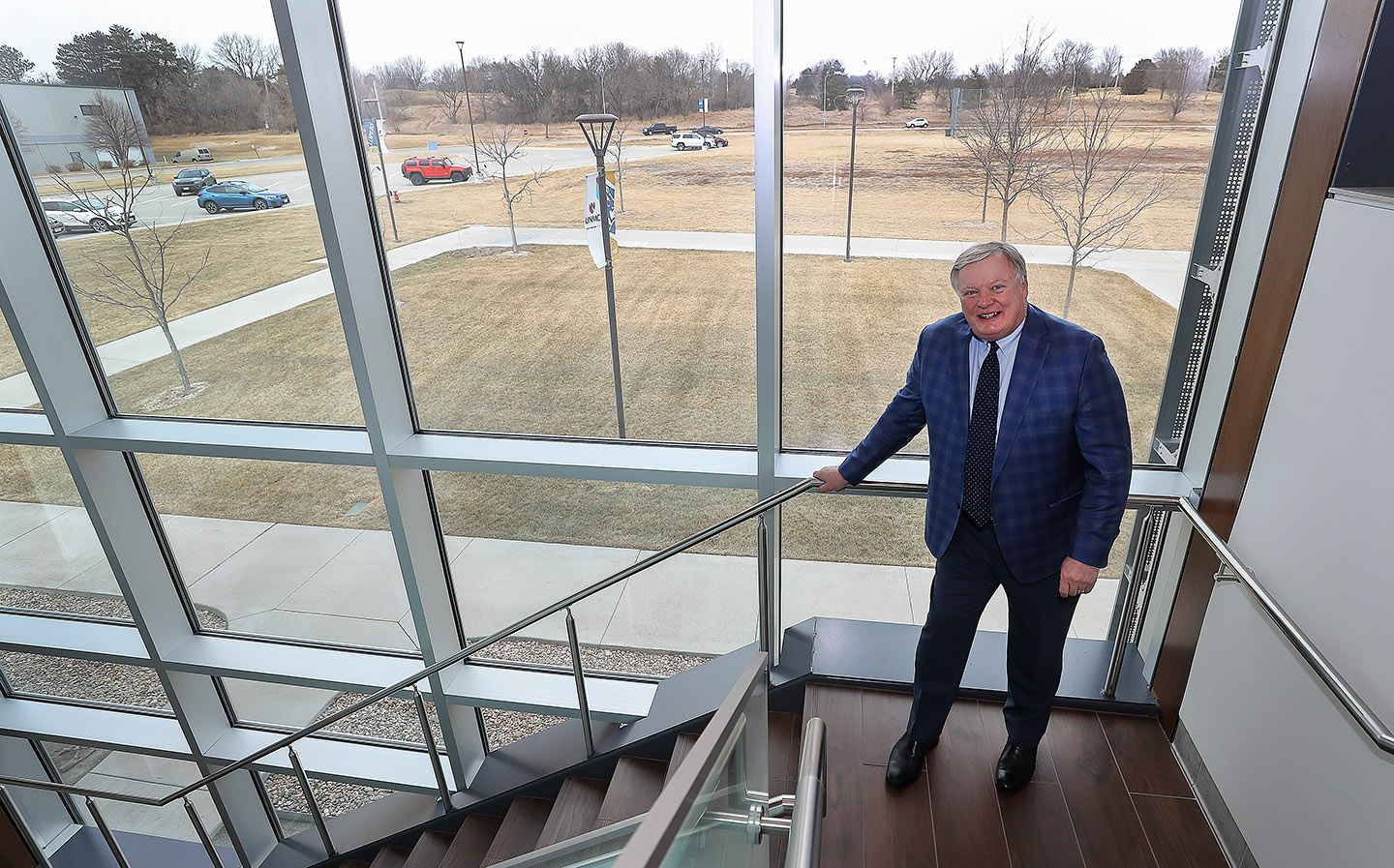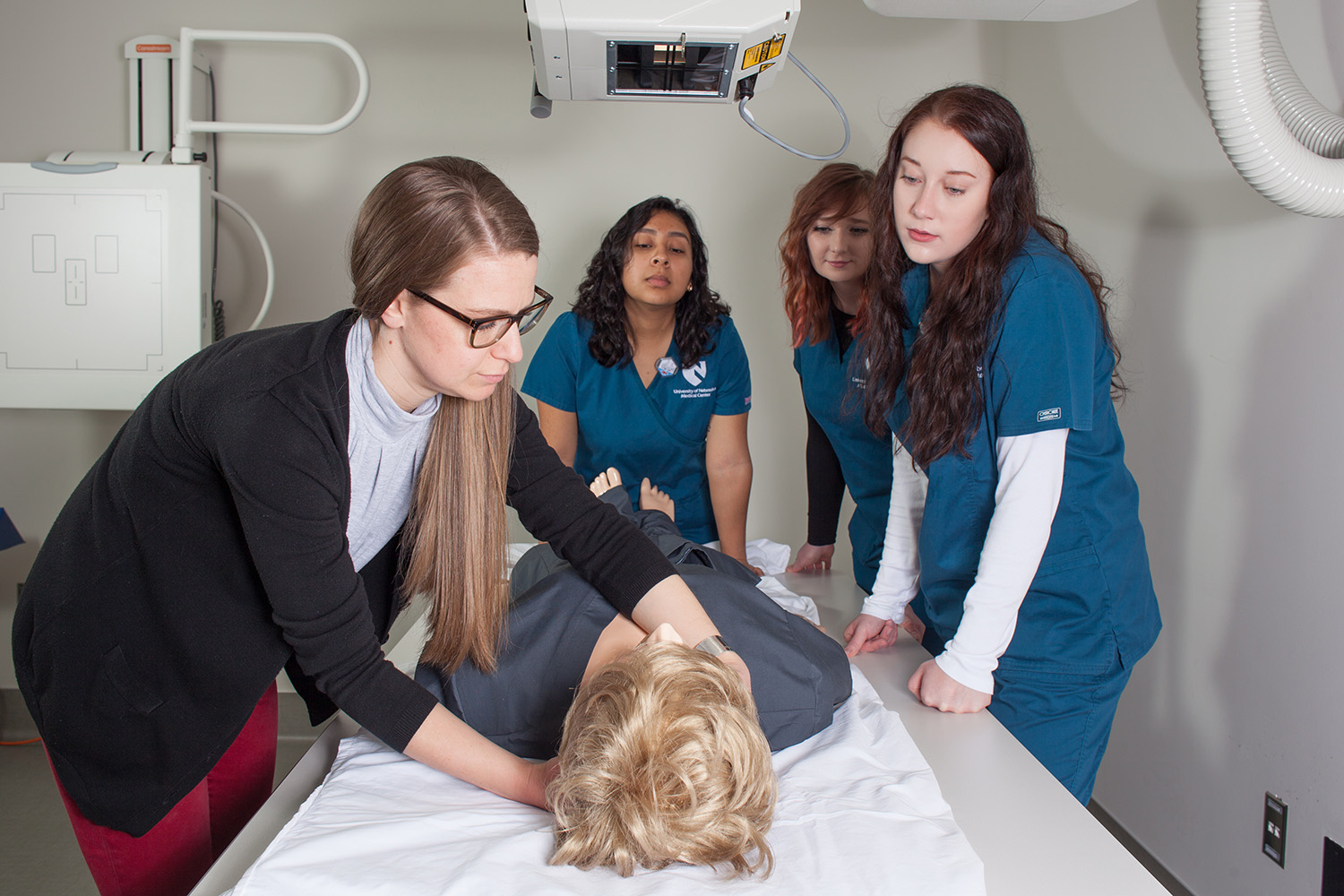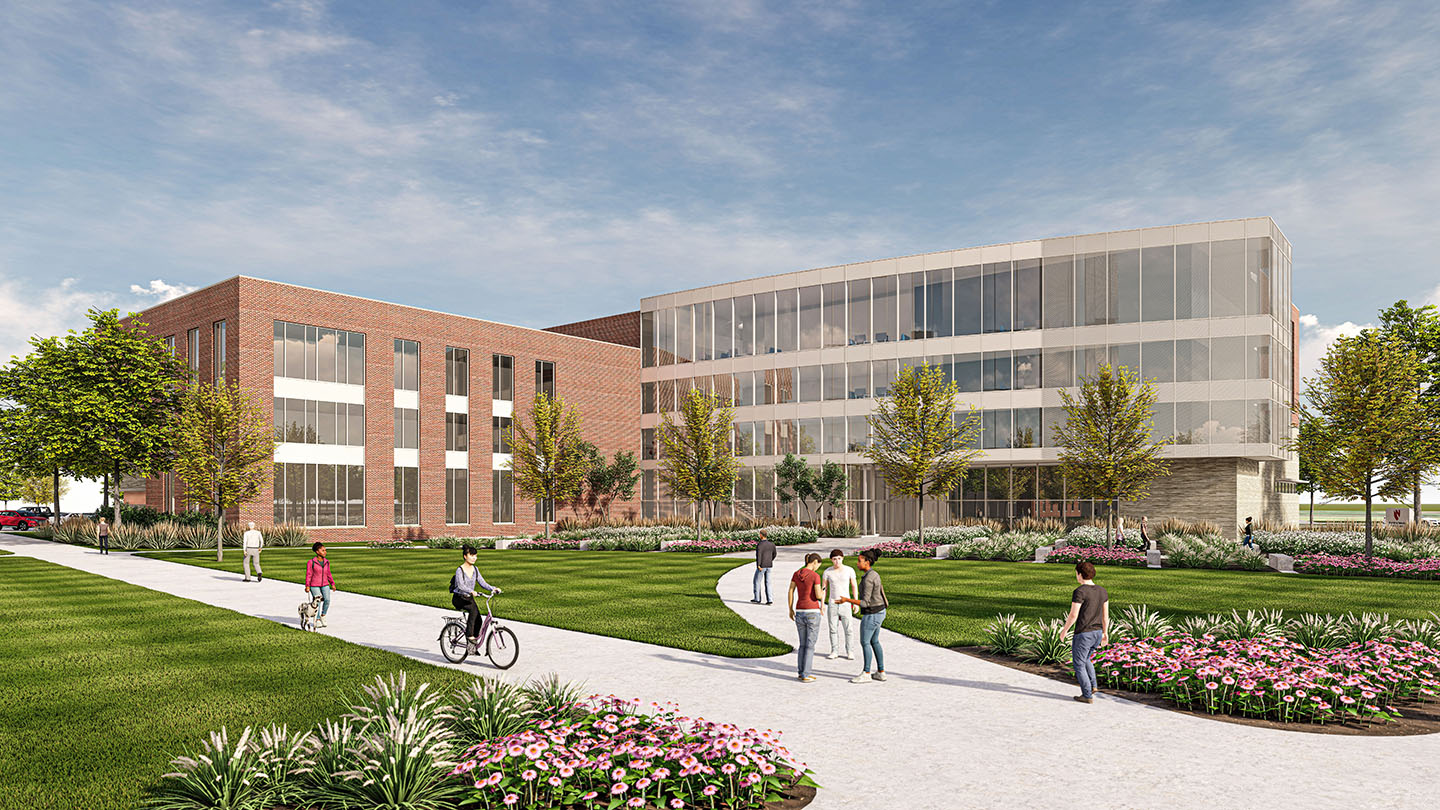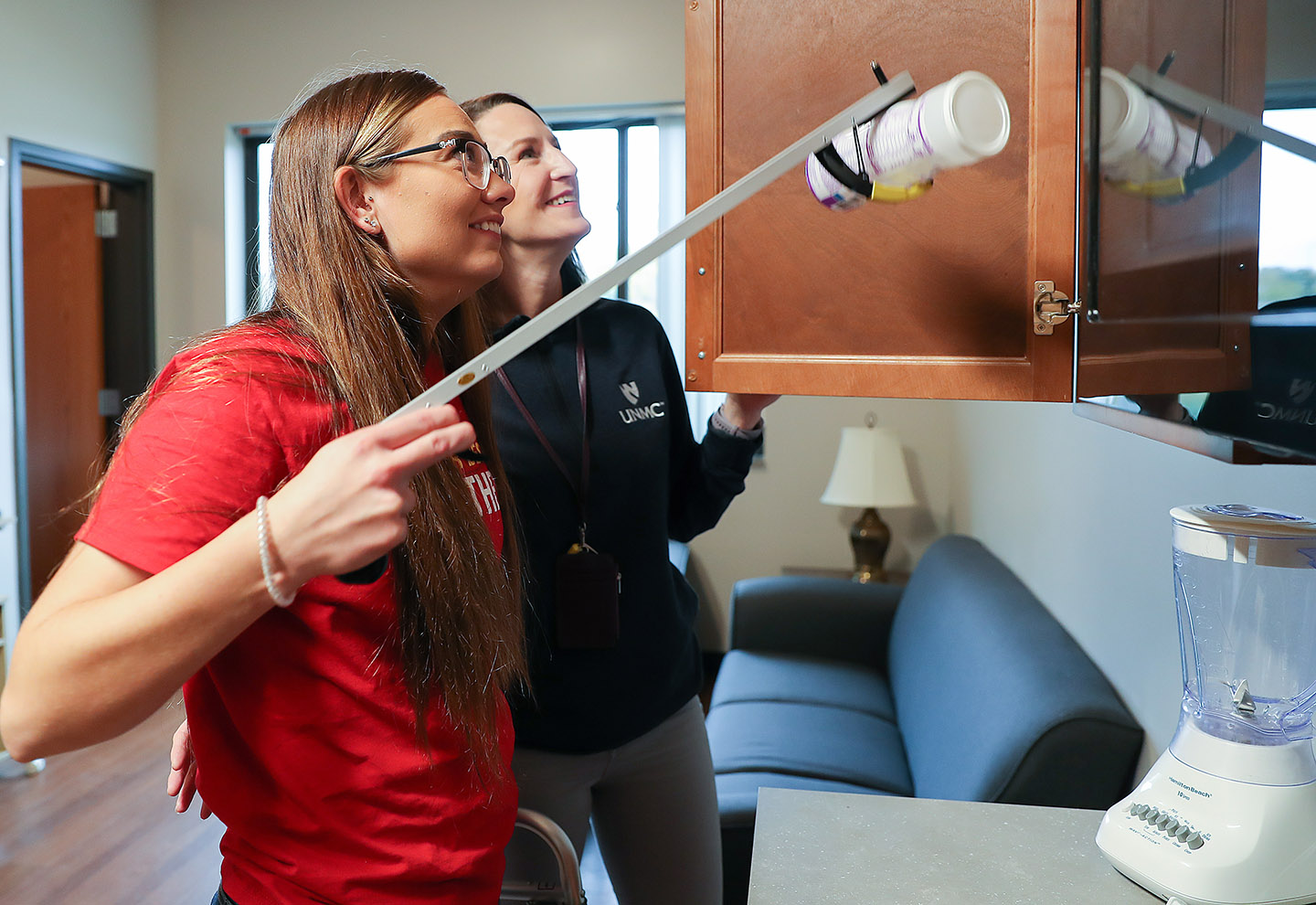
By JACKIE OSTROWICKI
University of Nebraska System
KEARNEY – Doug Kristensen is a lifelong Nebraskan with a love of rural places and people.
“Rural Nebraska is home for me and my family,” Kristensen said. “I want to see good things happen to it.”
He was born in Kearney and grew up in the surrounding area. After earning his J.D. in 1980, Kristensen worked as a Kearney County attorney before serving in the Nebraska Legislature for 14 years, including five years as speaker. He represented Legislative District 37, which serves Kearney and the surrounding areas. And he has been chancellor at the University of Nebraska at Kearney for over 20 years.
Kristensen’s wife, District Judge Terri Harder, is also a lifelong Nebraskan. His daughters, Morgan and Paige, were ages 9 and 4 when he took on the role of chancellor at UNK. They grew up on campus, as familiar with UNK landmarks and buildings as he was. And both girls attended UNK for college.
“They went to volleyball games and basketball games and alumni meetings. They went to homecomings,” Kristensen said. “UNK became part of our extended family.”
You might say that Kristensen’s heart belongs to UNK.
One of his main goals as chancellor has been fostering a positive relationship with the community. Under his leadership, UNK has been revitalized with $345 million in new buildings and renovations – all contributing to the campus’s growth and impact on central Nebraska.
As UNK’s physical appearance has changed, so have the needs of the people it serves. Kristensen’s view of the future includes UNK as a regional campus that also reaches potential students worldwide. His plans include adding a building that will be transformational in making UNK a hub for rural health education – the Rural Health Education Building.

Expanding the State’s Talent Pipeline
A collaboration between UNK and the University of Nebraska Medical Center, the Rural Health Education Building will grow the state’s talent pipeline by expanding existing UNMC programs offered in Kearney. It will also expand and bring new options to the UNK campus, including medicine, allied health and nursing programs, public health, pharmacy and mental health – all high-need areas in rural Nebraska.
Approved in 2022, LB1014 allocates $60 million in federal American Rescue Plan funds to the project, which addresses the critical need for additional health care professionals in rural Nebraska by allowing more students to earn their professional degrees in Kearney.
“We are grateful to the state for their funding, which will help UNMC and UNK build a transformational facility,” Kristensen said.
A quarter of primary care physicians in Nebraska are more than 60 years old, according to a 2020 study by UNMC. There are 17 counties in the state without a primary care physician or a pharmacist. And training for physician assistants, physical therapists, respiratory therapists and occupational therapists is also needed in rural Nebraska.
“The Rural Health Education Building will serve a crucial role in filling shortages in all medical professions across Nebraska – especially our rural communities,” Kristensen said.

Strengthening a Successful Partnership
The Rural Health Education Building strengthens an already successful partnership between UNK and UNMC. The institutions opened a $19 million Health Science Education Complex on UNK’s west campus in 2015, and that facility quickly filled.
More than 300 students are currently pursuing degrees in more than a dozen professional programs. About 85% of the students who graduate from these programs start their careers in Nebraska.
The Rural Health Education Building will be located directly north of the Health Science Education Complex, creating a hub for health education in rural Nebraska that serves current and future providers and supports collaborative research projects.
The building will stand three stories tall and occupy 100,000 square feet. The programs inside will educate more than 300 students and be operated by UNMC.
“UNMC will provide the same world-class education that they provide in Omaha,” Kristensen said. “That’s great for all of us.”
“If you educate students in rural Nebraska, they’ll stay in rural Nebraska. They meet their significant other, they get that first job, they buy that first home, they raise a family. Retaining students will go a long way in helping with the health care staff shortage we are experiencing.”

Enhancing Health Care Education, Impacting the Economy
The city of Kearney recently committed $5 million to the Rural Health Education Building. The resolution approved by council members calls the building a “one-of-a-kind, rural health-focused learning environment concentrated on meeting Nebraska’s current and future rural health needs.”
“The growth of UNK and UNMC in our community has a tremendous economic impact, from construction to future job creation. It also expands two of our core pillars – education and health care,” Mayor Stan Clouse said.
When it’s fully operational, the Rural Health Education Building and existing Health Science Education Complex will support about 240 local jobs and have an annual economic impact estimated at $34.5 million.
Construction of the $85 million facility is expected to begin in September 2023, with a projected completion date of July 2025 – and a goal to open the building to its first cohort of students in fall 2025.
The $60 million in funding approved by the state Legislature includes $50 million for capital construction, plus $10 million for startup costs. The Legislature also committed the necessary sustainable operational funds to support faculty and staff. The University of Nebraska will raise the remaining $35 million needed to cover construction costs, with the city’s $5 million contribution counting toward this total.
“The Rural Health Education Building will be a game-changer for rural Nebraska,” Kristensen said.
“I think you’re going to see other states come to us and say, ‘How’d you do that – and how could we copy what you’re doing?’”